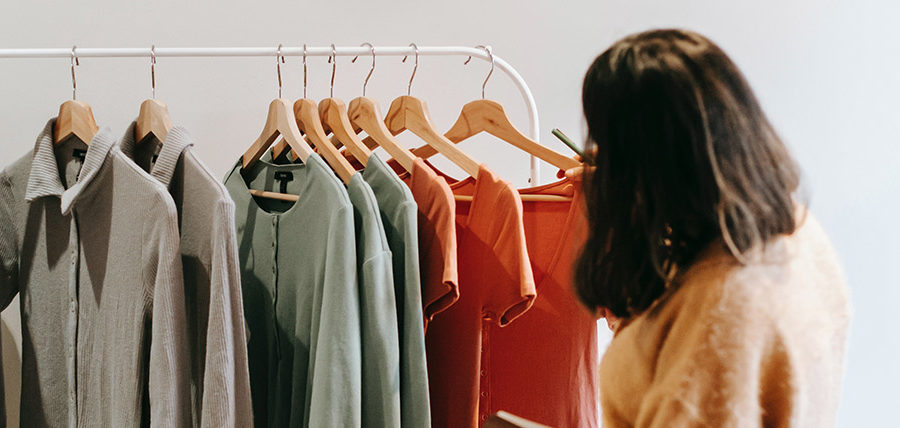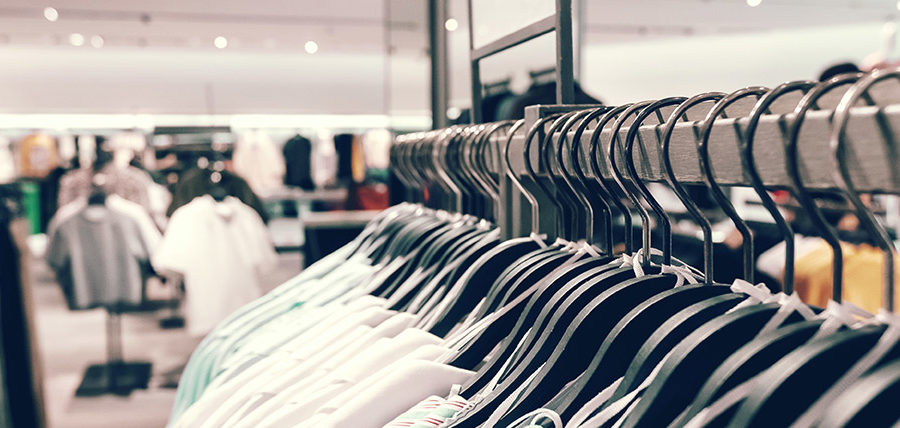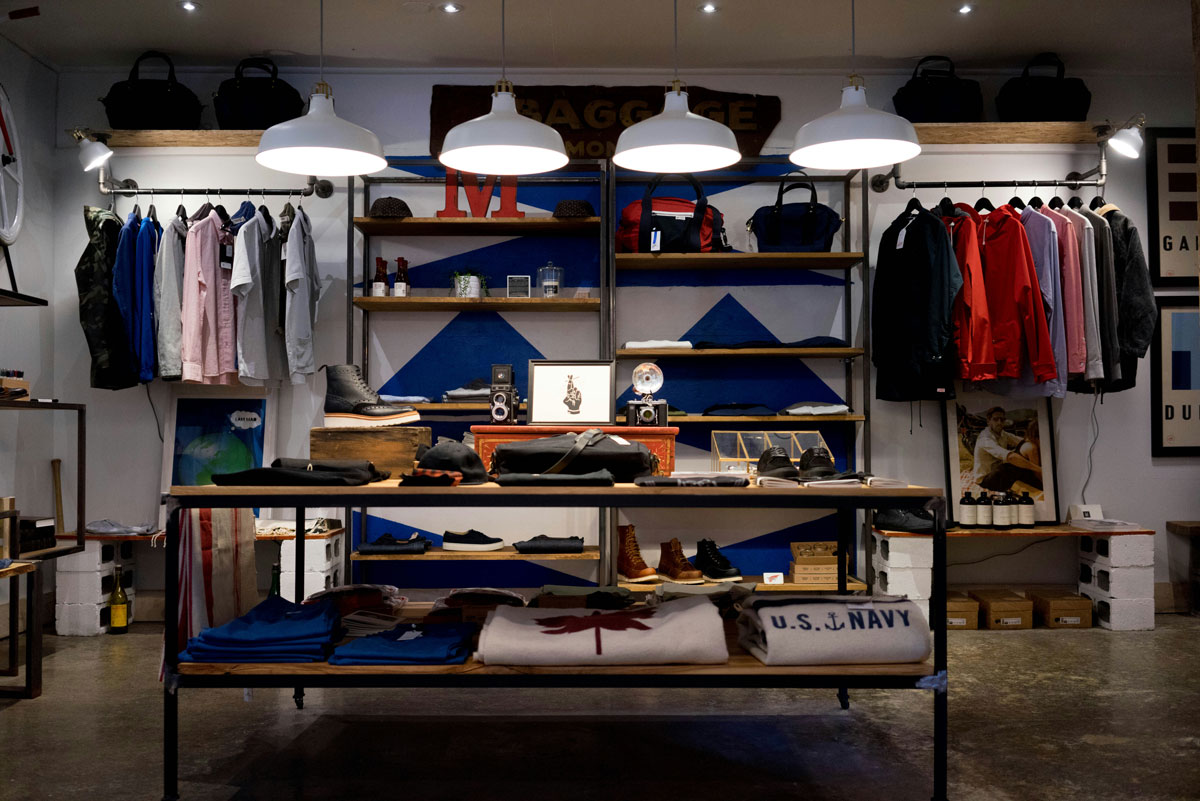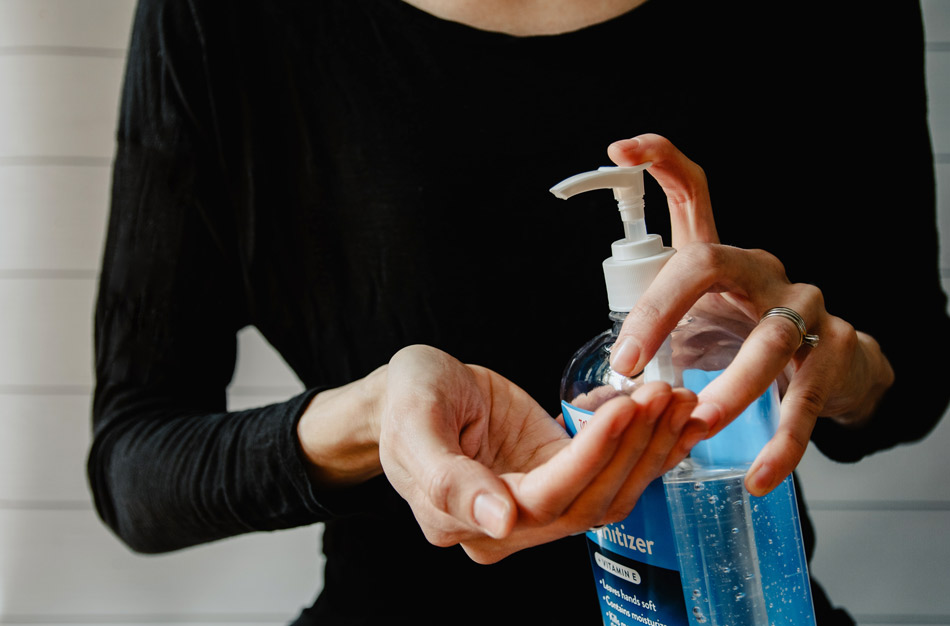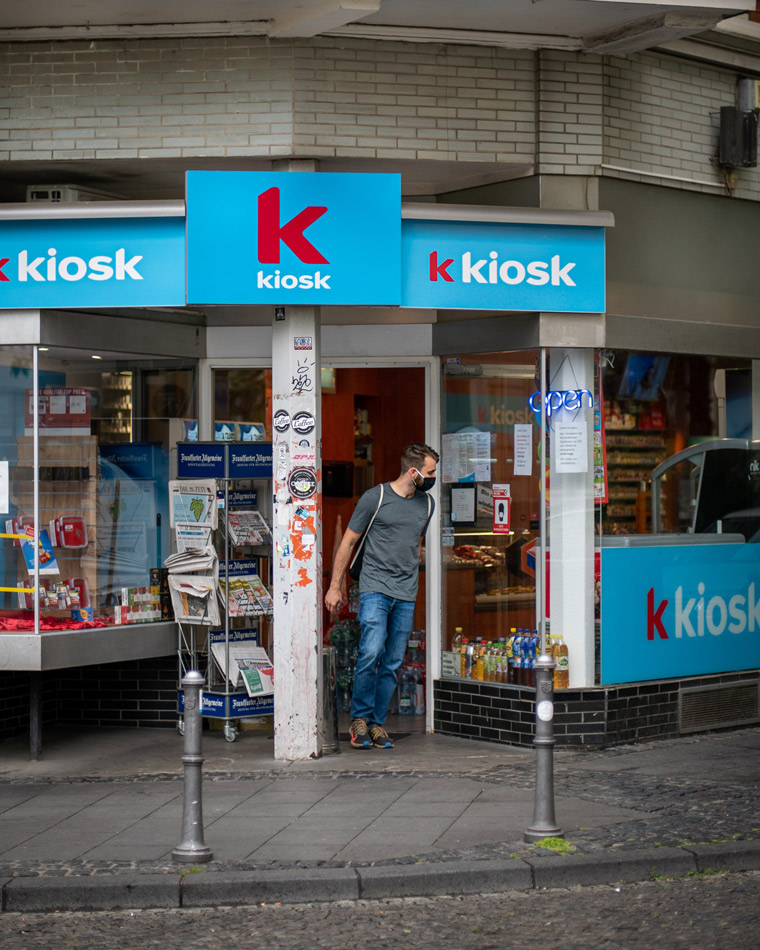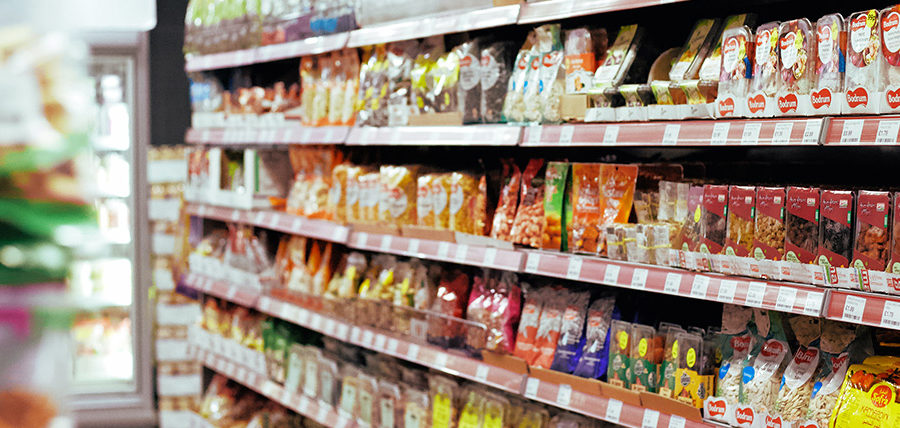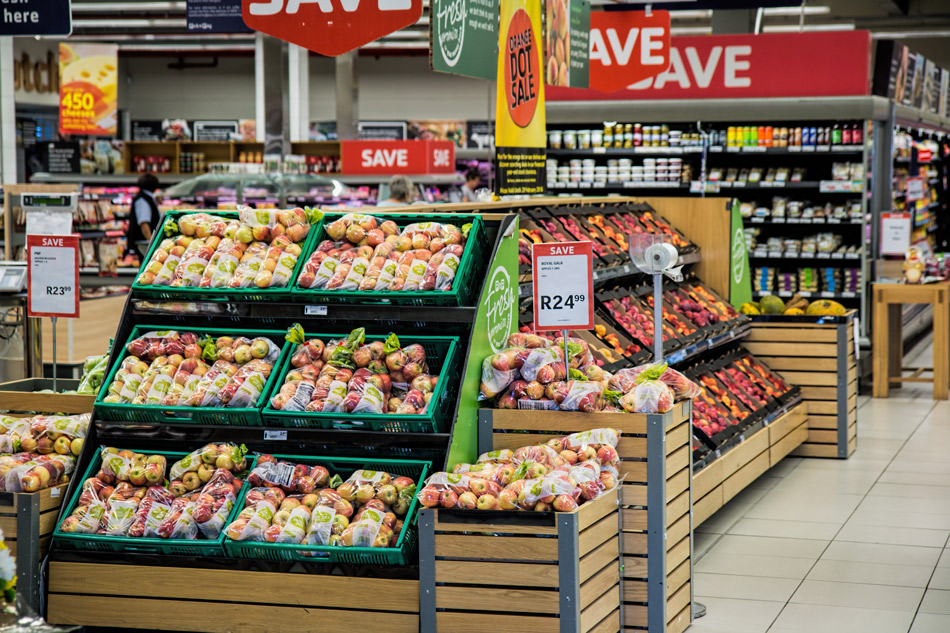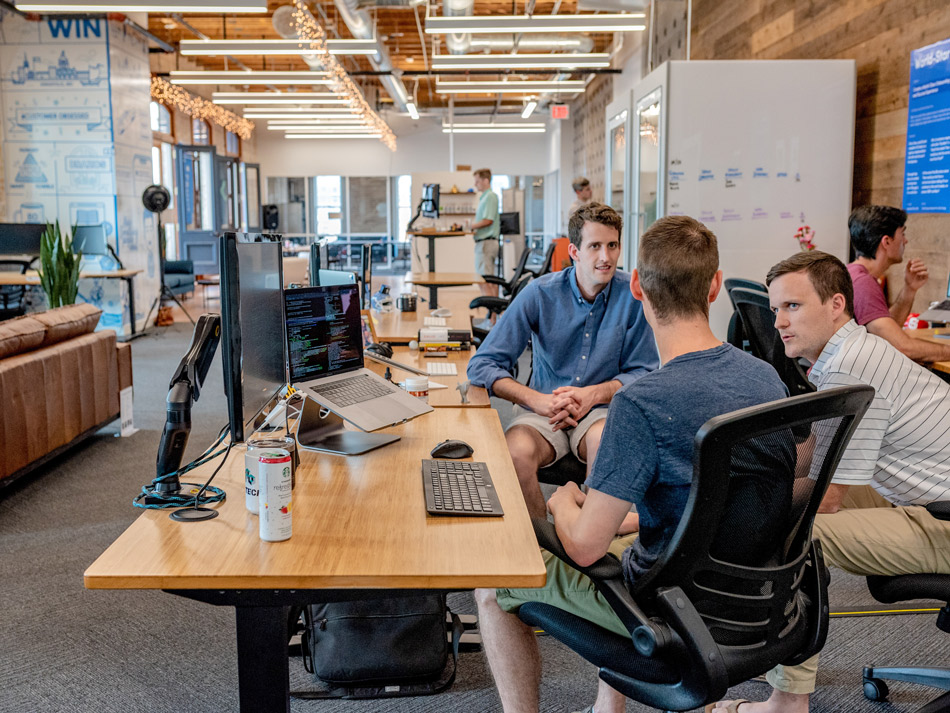The uncertainty of 2020 has resulted in two basic approaches to navigating the ambiguity of retail during the course of the pandemic: the “deer-in-the-headlight” approach – those retailers who panicked, froze in place, and have quietly filed for bankruptcy; and the “what if we try this” approach – those retailers who were able to nimbly adjust how and where they met their customers’ needs, even if those needs changed every week. What has been demonstrated over the past several months is that which we have always known to be true for retail – that agility is key. It’s just that now, instead of measuring business success in terms of profit and rate of growth, business survival becomes the means of determining success. Reinventing retail is the key to success – and survival.
Reinventing the Customer Experience
What happens when your livelihood and your very life are threatened, and you’re forced to live without the comforts to which you’ve become accustomed? First, you must begin to reevaluate what’s important. As time goes on, you become keenly aware of the things you miss most – and you start being willing to make the necessary accommodations (wearing masks, making appointments in advance, scheduling delivery and curbside pickups) to have the things you want. And the retailers who survive are those who are making customers feel safe and are providing them with alternatives for obtaining what they want or need.
Reinventing the Shopping Experience
There is a significant shift from omnichannel to unified commerce – a seamless experience for your customers regardless of where or how they purchase from you. The flexibility of unified commerce allows retailers to stay as agile as possible, adjusting accordingly to our rapidly changing retail environment. What does this mean for retailers? Take a look at Chute Gerdeman’s excellent insights in the article, “Shopping Goes Automatic,” which explores how brands such as Starbucks, Nike, and even Amazon are making changes to make the shopping experience easier.

Reinventing Brand Loyalty
Consumers may have been loyal to specific brands in the past, but the pandemic and social crises of 2020 have wiped the slate clean. Building brand loyalty comes down to two things: Do you make your customers feel safe enough that they still want your stuff, and is your brand aligned with their social and political ideologies in sufficient levels to make you worthy of their dollars? According to a study by EY, “Brands must stand for something, have a purpose, and share their expertise with consumers.”
Reinventing Engagement
Retailers are making adjustments to accommodate the ongoing pandemic, but with a vaccine on the horizon, there also needs to be preparation for the return of customers who are eager to be back in stores. Chute Gerdeman explores what that might look like in the months to come.
The way forward begins with a strong retail strategy, in-depth analytics, and partners with their pulse on the retail industry. We’re here to help.


